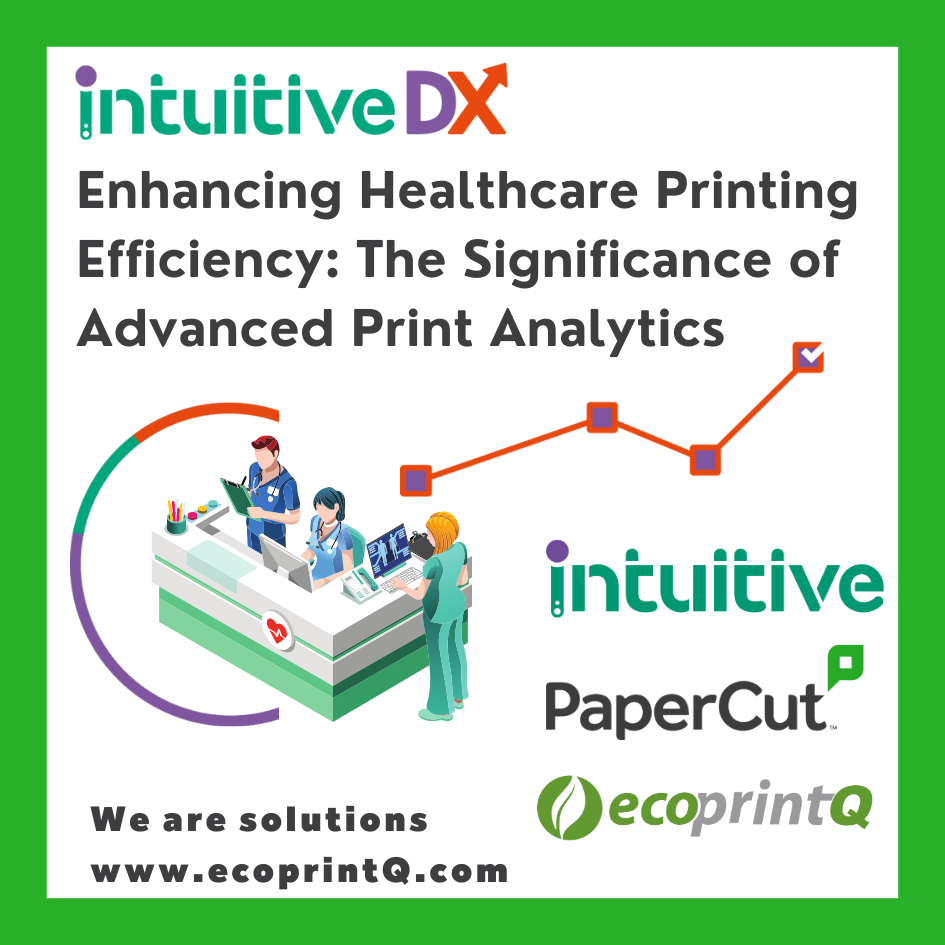The healthcare industry is grappling with various challenges, including escalating costs, staffing shortages, heightened service demand, post-Covid recovery, and the push for increased digital health investments. Despite the UK National Health Service’s plan to go paperless over five years ago, recent reports revealed significant expenditures on paper medical records storage, indicating a substantial volume of printed materials persisting in the healthcare sector.
In 2023, NHS England hospitals reportedly spent over £234 million ($284 million) on paper record storage in the year leading to April 2022. This contradicts the 2018 goal of transitioning to a paperless system. A 2018 U.S. source disclosed that a 1,500-bed hospital was printing 96 million pages annually at a cost of $3.8 million. While these figures might have changed, the shift towards a paperless healthcare system remains sluggish.
While print management may seem like a minor aspect, it plays a crucial role. This blog explores the importance of advanced print analytics in healthcare organizations that have already implemented PaperCut. It delves into how these analytics can enhance the value of existing print management investments. Two key areas are highlighted:
- Tangible Costs: This involves visible waste, such as consumable costs, paper wastage due to duplicates, and uncollected print jobs. Considering the significant impact on budgets, even the cheapest printer ink, which can cost twice as much per ounce as Dom Pérignon Champagne, is noteworthy.
- Intangible Costs: These pertain to end-user productivity, encompassing time spent managing printers, waiting for resets, and clinicians awaiting printed patient information. These intangible costs significantly affect time and budgets for patient care.
The blog assures organizations using PaperCut that they are likely benefiting from cost savings, enhanced confidentiality of patient information, and simplified printing for staff and IT. However, it notes common challenges related to data visibility, emphasizing the time-consuming nature of creating regular reports.
To address these challenges, Intuitive has developed user-friendly visual print analytics dashboards, drawing data directly from PaperCut. These dashboards help answer critical questions about printing efficiency, device utilization, cost reduction strategies, volume trends, departmental print usage, environmental targets, and potential areas for digital transformation.
By leveraging advanced analytics, healthcare organizations can identify inefficient processes and automate them using Robotic Process Automation (RPA). The blog concludes by offering Intuitive for PaperCut as a solution, emphasizing its simplicity, end-user accessibility, and ability to provide insights through easy navigation of print data.
For those interested in learning more, or if you would like to see this amazing solution in action contact us for information or a demo!

One thought on “Enhancing Healthcare Printing Efficiency: The Significance of Advanced Print Analytics”
Comments are closed.